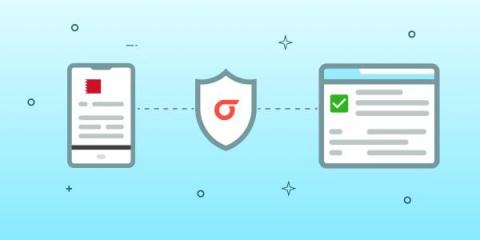Reverse Engineering Flutter Apps: What You Need To Know?
Reverse engineering is one of the most notorious methods using which hackers exploit an application or software. If you're in the mobile app development industry and use Flutter for app development, you'd know the threat reverse engineering poses to apps. While 100% protection from reverse engineering isn't possible, you can give the hackers a tough time trying to exploit your app. And this blog is there to help.











